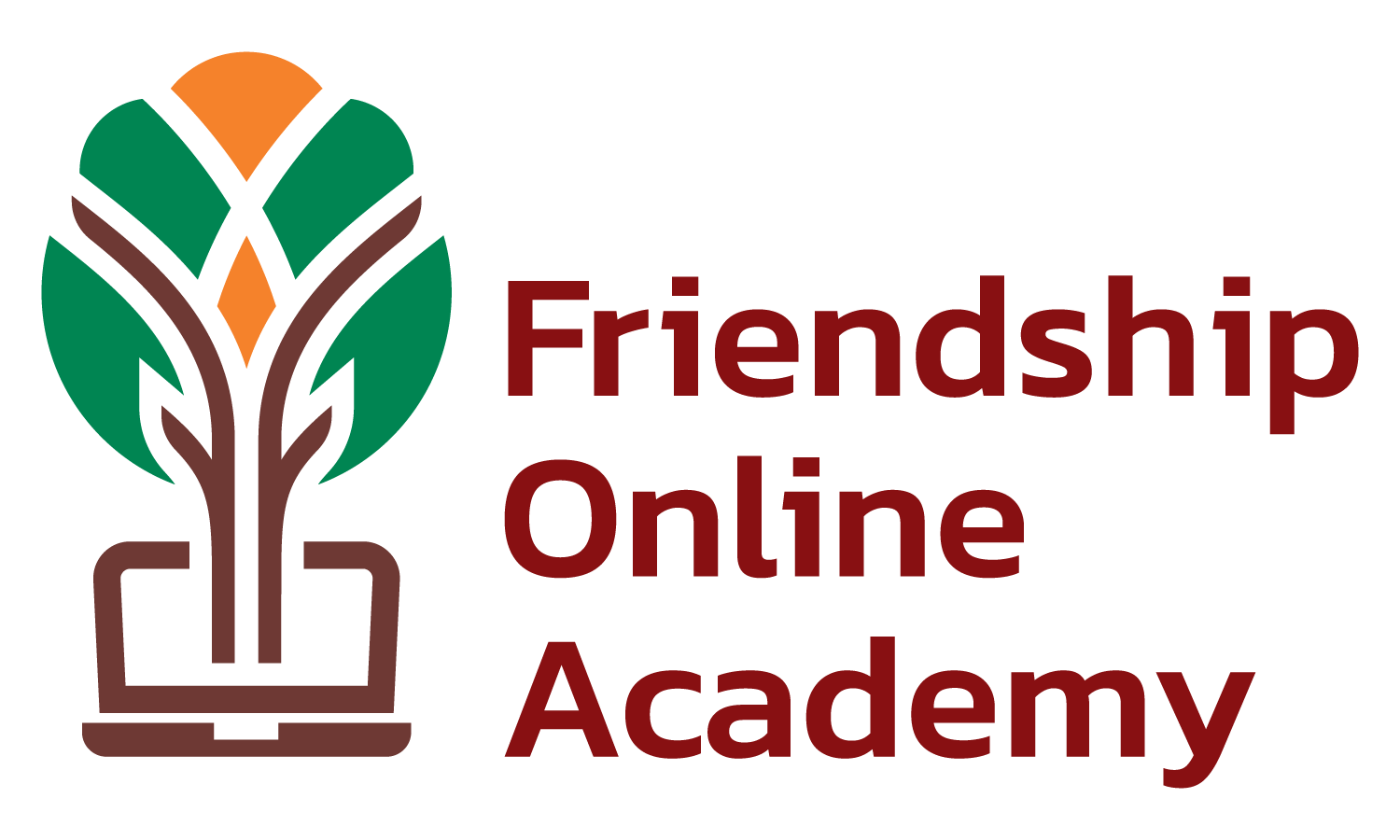
Do you ever feel like your child just isn’t “getting it” when it comes to learning in school? Do they seem to struggle with understanding the material? Do their grades not reflect the effort they’ve put into their work? It may be time to consider what kind of learner your child is. Knowing an individual’s learning style is a critical tool for educators, parents and students.
Learning styles basically refers to how each person absorbs, processes, comprehends, and retains information best—in other words, how someone learns. By recognizing and further exploring different types of learners, parents can better nurture the development of positive strategies for succeeding academically throughout childhood—and beyond! Here are learning styles you should be familiar with and what you should do if your child falls into one of these categories.
Auditory Learners
Auditory learners process information through listening. To keep their attention, these types of learners need verbal instructions and explanations. They will remember things better after they have heard them said aloud. To promote this type of learning, you might use songs or stories to help explain difficult topics or concepts in a fun way. If your child has trouble focusing on tasks that require quiet work, try playing background music while they work.
Visual Learners
Visual learners absorb information through visuals like pictures, diagrams, and videos. Visual aids are an important tool for these types of learners because it helps them make connections between concepts more easily than with other learning styles. Flashcards are a great visual tool for studying things like vocabulary words or historical facts. Color-coding notes can also be useful for creating associations between ideas or concepts in subjects like math or science.
Kinesthetic Learners
Kinesthetic learners process information through physical activities and hands-on experiences rather than just listening or looking at something passively. For example, if your child is studying the anatomy of a frog, getting the chance to dissect one would be much more beneficial than just reading about it in a textbook. Practical experiments are great tools for kinesthetic learners since they apply their knowledge in real-life situations instead of just being presented with facts and memorizing them without context.
Social Learners
Social learners may find themselves most engaged when working with or interacting with others. These learners benefit from activities like group discussions, debate clubs, and collaborative projects. They also respond well to stories and scenarios they can relate to and make them feel more connected to their learning.
Verbal/Linguistic Learners
Verbal learners tend to be drawn to language-based activities such as reading and writing. These learners can easily grasp concepts when they are presented in a spoken or written form. To engage students with this learning style, try to incorporate activities that encourage them to read, write, discuss and express their thoughts and opinions.
Techniques You Can Use to Help Your Child Learn
With some creative thinking, you can craft a personalized learning environment that fits your child’s unique needs. There are also different techniques you can use to better help your child learn, such as:
- Providing visual aids like diagrams or pictures
- Making sure they get enough rest and practice
- Breaking assignments into smaller chunks to make them easier to understand
- Encouraging interaction with peers
- Allowing time for reflection
- Using rewards and recognition for accomplishments
Unlock Your Child’s Learning Potential by Identifying Their Learning
Once you have identified your child’s learning style(s), you can begin tailoring their educational experience accordingly. By taking advantage of their strengths and providing them with the appropriate resources for their type of learning, you can help ensure that your child has the best chance for success in school and beyond! With the right tools and resources in place, every child has the potential to reach their full academic potential!
At Friendship Online Academy, we fully understand all the different learning styles and work with you to figure out what works best for your child. We’d be happy to talk with you about how to maximize your child’s learning potential. Feel free to email us: info@iamfriendshiponline.org

I was excited to uncover this great site. I need to to thank you for your time for this particularly wonderful read!! I definitely enjoyed every part of it and I have you book marked to check out new stuff in your web site.